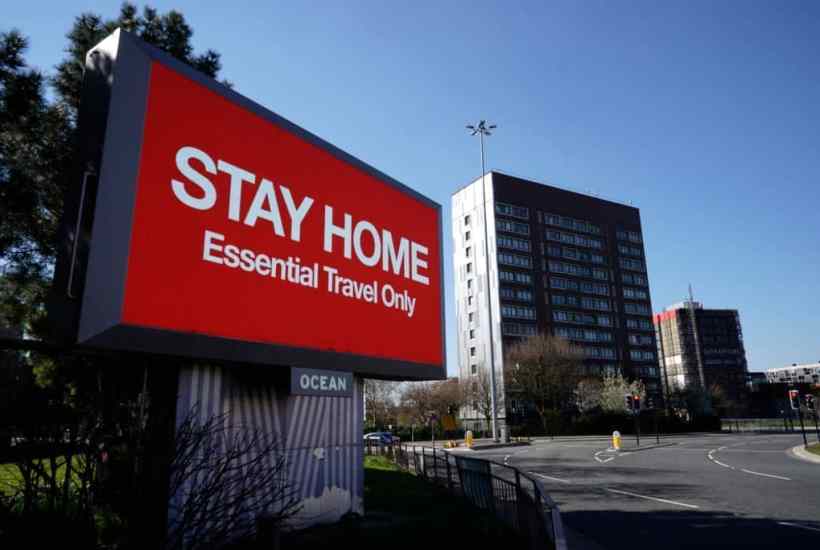Liz Truss’s statement that she would never authorise another lockdown and The Spectator’s interview with Rishi Sunak have triggered a new debate about whether the lockdowns of 2020 and 2021 were justified. The most widely discussed positions are that lockdown occurred too late or that there should never have been any lockdowns at all, alongside the view that what happened was about right.
Already a subscriber? Log in
Subscribe for just $2 a week
Try a month of The Spectator Australia absolutely free and without commitment. Not only that but – if you choose to continue – you’ll pay just $2 a week for your first year.
- Unlimited access to spectator.com.au and app
- The weekly edition on the Spectator Australia app
- Spectator podcasts and newsletters
- Full access to spectator.co.uk
Or




















Comments
Don't miss out
Join the conversation with other Spectator Australia readers. Subscribe to leave a comment.
SUBSCRIBEAlready a subscriber? Log in